Because we could all use some good news right now
This month, the Natural Resource Conservation Service at the U.S. Department of Agriculture announced that it would invest nearly $49 million in projects to enhance public access for outdoor recreation, including hunting and fishing, on private land across 26 states. These awards are made possible by the Farm Bill’s Voluntary Public Access and Habitat Incentive Program, or VPA-HIP, which is the only federal conservation program that helps private landowners open their property to public access.
The NRCS asked state and tribal governments to apply for VPA-HIP dollars in September 2019, after Congress stepped up its investment in the program by $10 million in the most recent Farm Bill. Projects were eligible to receive up to $3 million in federal dollars to be leveraged with locally matched funding over the next three years.
Sportsmen and women fought to maintain or improve conservation funding in the 2018 Farm Bill, and the TRCP called on lawmakers to support VPA-HIP investments in walk-in access programs and other initiatives that would give rural hunters and anglers more access.
Ultimately, this could be a down payment on hunter recruitment where lack of access is a major barrier for beginners. In some places, the funding will be focused on lands near metropolitan areas or improving online resources to market these opportunities.
But don’t forget the “hip” part of this program: Dollars can also be used to improve wildlife habitat, which could boost game populations across the entire landscape. This will be done in wetland, upland, grassland, forest, and stream habitats with the most recent round of funding.
These advances for access and habitat highlight the need to continue investing in VPA-HIP in the next five-year Farm Bill, which is already something we’re prioritizing with our conservation partners.
Here are the 26 states gaining more ground, how much will be spent, and what types of habitat will benefit.
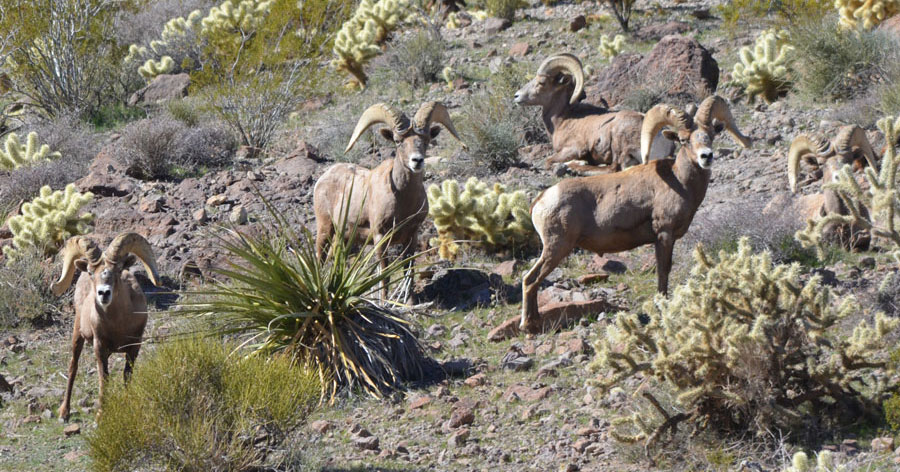
Arizona
$1.18 million to expand the Arizona Game and Fish Department’s Landowner Relations Program, which provides financial incentives to private landowners who provide the public with opportunities to hunt and fish on their land.
Arkansas
$2.1 million to enhance hunting access and waterfowl habitat on rice fields neighboring nearby National Wildlife Refuges and state Wildlife Management Areas.
Colorado
$1.2 million to expand the state’s Walk-In Access program for small- and big-game hunters.
Georgia
$1.9 million will fund the lease of farm and forest land to expand opportunities for dove hunting in the state’s Wildlife Management Area Public Access Program.
Idaho
$900,000 will fund the enrollment of additional hunting and fishing acres into the state’s Access Yes! Program, as well as jumpstart the creation of a Teton Valley Wildlife Viewing Project.
Illinois
$2 million will expand the Illinois Recreational Access Program with a focus on metropolitan areas and the enrollment of wetland easements.
Indiana
$750,000 will fund the strategic enrollment of acreage into the state’s Access Program Providing Land Enhancements (APPLE) initiative.
Iowa
$1.5 million will help expand the Iowa Habitat and Access Program (IHAP).
Kansas
$2.1 million will fund the expansion of incentive payments and lease options made available to landowners to open public access and improve wildlife habitat.
Kentucky
$850,000 will fund agency efforts to create a new access program with a focus on dove fields and wetland easements.
Michigan
$1.6 million to expand the state’s Hunting Access Program (HAP), specifically to provide sharptail grouse and deer hunting opportunities.
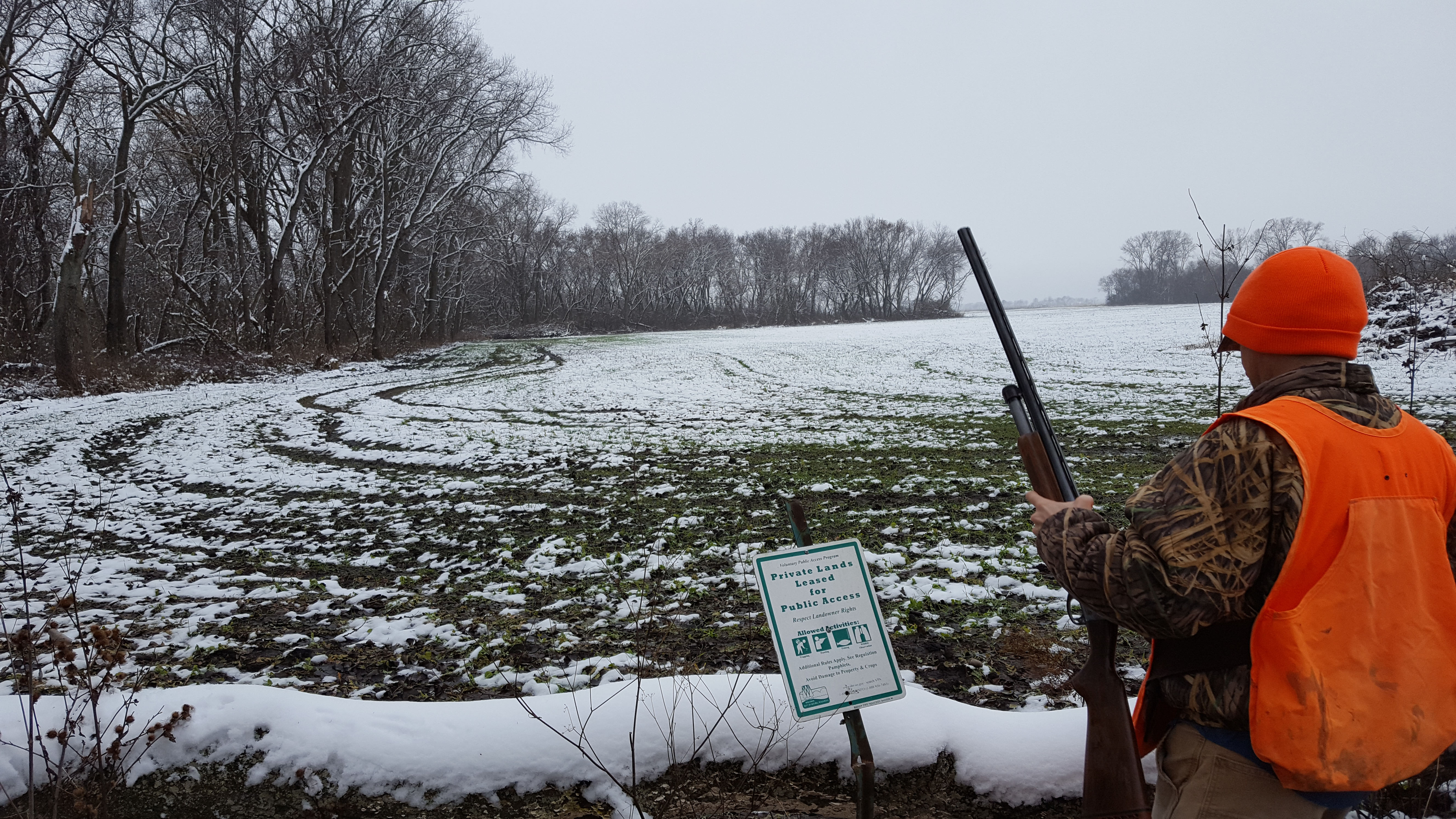
Minnesota
$2.5 million to boost incentives for landowners to enroll in Minnesota’s Walk-In Access program.
Missouri
$2.23 million will go to the Missouri Outdoor Recreation Access Program (MRAP) for private landowners willing to allow access and improve wildlife habitat on their farm, ranch, and forest lands.
Montana
$1.89 million to Montana Fish, Wildlife and Parks to provide more walk-in hunting access on previously inaccessible acres with high-quality game bird habitats.
Nebraska
$3 million to expand walk-in access and improve habitat on acreage within Nebraska’s Open Fields and Waters (OFW) program.
New Mexico
$1 million will go to the Santa Clara Pueblo Tribe to support access restoration and improved fishing opportunities on the Rio Grande.
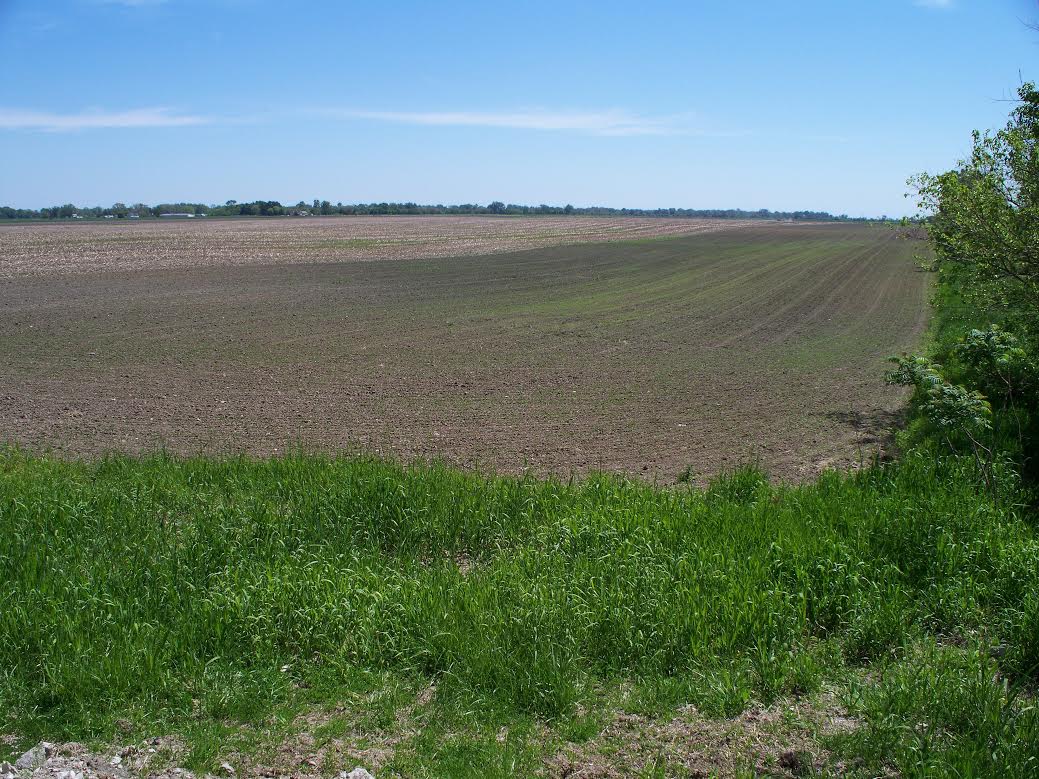
Ohio
$1.83 million will support the newly created Ohio Public Access for Wildlife (OPAW) program, opening acres to hunting, trapping, and wildlife viewing across the state.
Oklahoma
$3 million will support expansion of the Oklahoma Land Access Program (OLAP) near metropolitan areas and establish an online database of private acres open for access.
Oregon
$2.86 million will support expansion of existing public access programs and facilitate the reenrollment of access on expiring VPA-HIP acreage.
Pennsylvania
$668,361 will support fishing access via Pennsylvania’s Public Fishing Access and Conservation Easement Program.
South Carolina
$469,476 in funds will facilitate the growth of the state’s Public Waterfowl Lottery Hunts Program to support more duck blinds on private land.
South Dakota
$2.18 million will support expanded hunting opportunities as well as new access to state fisheries from across private lands.
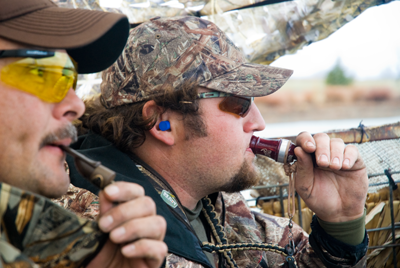
Texas
$1.83 million will support the expansion of existing public hunting programs, increasing both available acreage and days. The funds will also increase maintenance capacity across state-leased fishing access sites.
Virginia
$2.998 million will facilitate growth of Virginia’s Public Access Lands for Sportsmen program and provide additional financial support to enrolled landowners seeking to improve wildlife habitat.
Washington
$2.74 million will build upon existing state recreational access programs and support habitat restoration on enrolled lands.
Wisconsin
$1.91 million will support wetland and grassland restoration in southern counties and support financial incentives for landowners to enroll acreage in the state’s Turkey Hunting Access Program.
Wyoming
$1.54 million will support enrollment and habitat restoration on acreage in the state’s Access Yes Program, plus other lands and habitat programs.
Is your state on the list? Leave us a comment if you use walk-in access programs where you live.

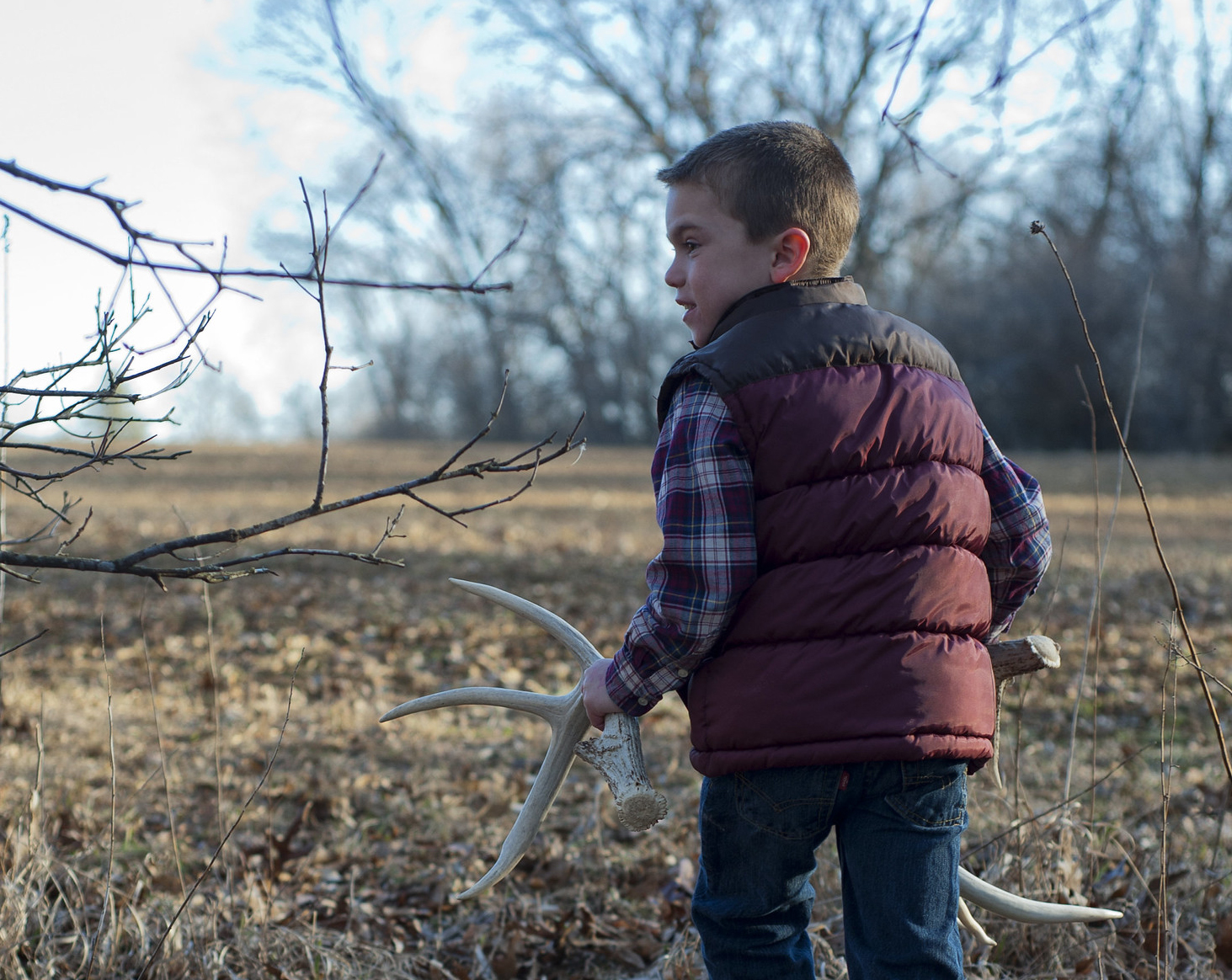





Are California citizens ever going to get help?
I’m from Massachusetts. I don’t see Mass on the money list?
Thanks for reading closely! States that didn’t receive funding in this round either didn’t propose projects or their projects just weren’t awarded federal funding.